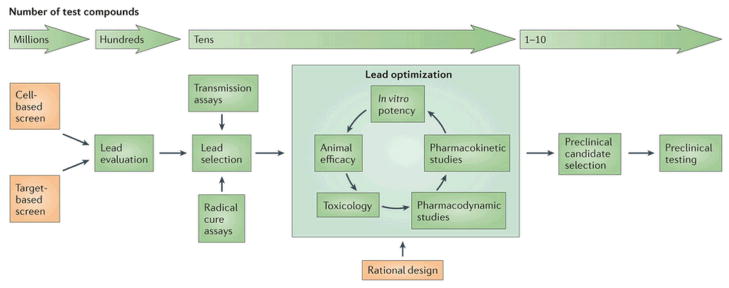Figure 1. Drug development strategy for the identification of novel antimalarials.

At the screening-stage millions of compounds can be screened (1,000 – 2,000,000 compounds per screening campaign). When hits are identified, (on average, a hit rate of 1.0% is observed) they are ranked based on a number of criteria (such as potency, ease of synthesis, known limitations to their use, novelty) to determine a possible lead compound. These compounds are tested in transmission and radical cure assays which are low throughput, time consuming and expensive and are therefore only applied to a handful of compounds. Following lead selection, multiple chemical derivatives of the lead are synthesized with the goal of maximizing potency and bioavailability while reducing cross-reactivity with possible human targets (lead optimization). The best candidate is selected for preclinical testing, an expensive and time-consuming process that involves assessing safety and finding the optimal doses that can be used in phase I human trials.
